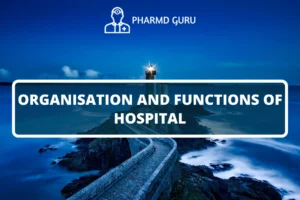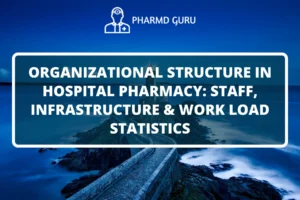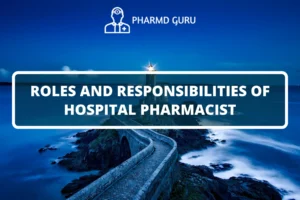Hospital pharmacy newsletters play a crucial role in keeping healthcare professionals updated on the latest developments, advancements, and important information related to pharmaceuticals and patient care. These newsletters serve as a valuable communication tool, providing a platform for sharing knowledge, promoting collaboration, and enhancing the overall quality of pharmacy services within a hospital setting. In this article, we will explore the importance of hospital pharmacy newsletters and highlight key considerations for creating informative and engaging newsletters.
SCROLL DOWN TO THE BOTTOM OF THE PAGE FOR ACTUAL NOTES
TABLE OF CONTENTS:
- Introduction
- Importance of Hospital Pharmacy Newsletters
- Content Considerations
- Drug Updates and New Formulary Additions
- Clinical Guidelines and Best Practices
- Safety Alerts and Medication Recalls
- Continuing Education Opportunities
- Research and Innovations
- Design and Format
- Distribution and Feedback
1. Introduction
Hospital pharmacy newsletters are valuable communication tools that facilitate the exchange of information and promote collaboration among healthcare professionals. They serve as a platform for sharing updates, educational content, and important announcements within the pharmacy department and across the hospital.
2. Importance of Hospital Pharmacy Newsletters
Hospital pharmacy newsletters offer numerous benefits, including:
- Knowledge Sharing: Newsletters provide a medium for sharing knowledge, research findings, and best practices among pharmacy staff. This promotes a culture of continuous learning and professional growth.
- Collaboration and Networking: By featuring contributions from various healthcare professionals, newsletters foster collaboration and encourage interdisciplinary interactions.
- Updates and Awareness: Newsletters help disseminate important updates regarding new medications, formulary changes, safety alerts, and medication recalls, ensuring that healthcare professionals stay informed.
- Continuing Education: Newsletters can highlight upcoming conferences, workshops, and training opportunities, promoting continuing education and professional development among pharmacy staff.
- Recognition and Appreciation: Newsletters can recognize the achievements, milestones, and contributions of pharmacy staff, fostering a positive work environment and boosting morale.
3. Content Considerations
When creating a hospital pharmacy newsletter, consider including the following types of content:
Drug Updates and New Formulary Additions
Inform healthcare professionals about newly approved medications, changes in formulary, and updates on drug availability. Provide relevant prescribing information, dosage guidelines, and precautions to ensure safe and effective medication use.
Clinical Guidelines and Best Practices
Share evidence-based clinical guidelines, treatment algorithms, and best practices to guide healthcare professionals in making informed decisions and delivering optimal patient care.
Safety Alerts and Medication Recalls
Highlight any safety alerts, medication recalls, or warnings issued by regulatory agencies or manufacturers. Emphasize the importance of medication safety and provide recommendations for mitigating risks.
Continuing Education Opportunities
Promote continuing education opportunities, such as conferences, webinars, or workshops, to support professional development and enhance the knowledge and skills of pharmacy staff.
Research and Innovations
Feature research studies, case reports, or innovative practices that contribute to advancements in pharmacy practice. Encourage staff to share their research findings or project outcomes.
4. Design and Format
Consider the following design and format tips for an engaging newsletter:
- Visual Appeal: Use visually appealing layouts, colors, and images to capture readers’ attention and make the newsletter visually appealing.
- Readable Font and Formatting: Choose a legible font and appropriate font size to ensure easy reading. Use headings, subheadings, and bullet points to organize information and improve readability.
- Concise and Clear Writing: Keep the content concise and focused. Use clear and straightforward language to convey information effectively.
- Incorporate Graphics and Infographics: Visual elements like charts, graphs, and infographics can enhance understanding and make complex information more accessible.
5. Distribution and Feedback
Distribute the newsletter electronically, either via email or through a dedicated intranet portal. Encourage readers to provide feedback, suggestions, or article contributions to foster a sense of engagement and ownership.
ACTUAL NOTES




